My co-founder Kent Rahman and I kicked off the Hardware Hack Lab about six months ago now - and the energy just keeps building and building.
Those of us running the lab take our inspiration not from technology but from people and interactions. We believe that innovations gain most of their richness and momentum from the cultural context of their creation.

Therefore, our goal is to convene a regular meeting space of openness, breadth, and inquiry - and good times.
In this post I want to outline a few of the key insights that have really made the weekly lab come of age. The lab now unites a diverse crowd of artists, technologists, researchers, and other interested parties. For us, this cross-disciplinary culture is what it is all about.
Hardware, yes - but ultimately people in a space
We are lucky enough to have Thoughtworks sponsor us with the use of the amazing Gallery space in NYC every Wednesday.
But what to do with that space? Our thinking is this:
This is a city, like many, in which conversation takes place every day about the recent-and-adjacent possible. The most energetic form of that conversation comes in the act of doing, and sharing of knowledge among early-adopting practitioners.
So let's issue an invitation, to have that doing-conversation continue once a week under our roof.
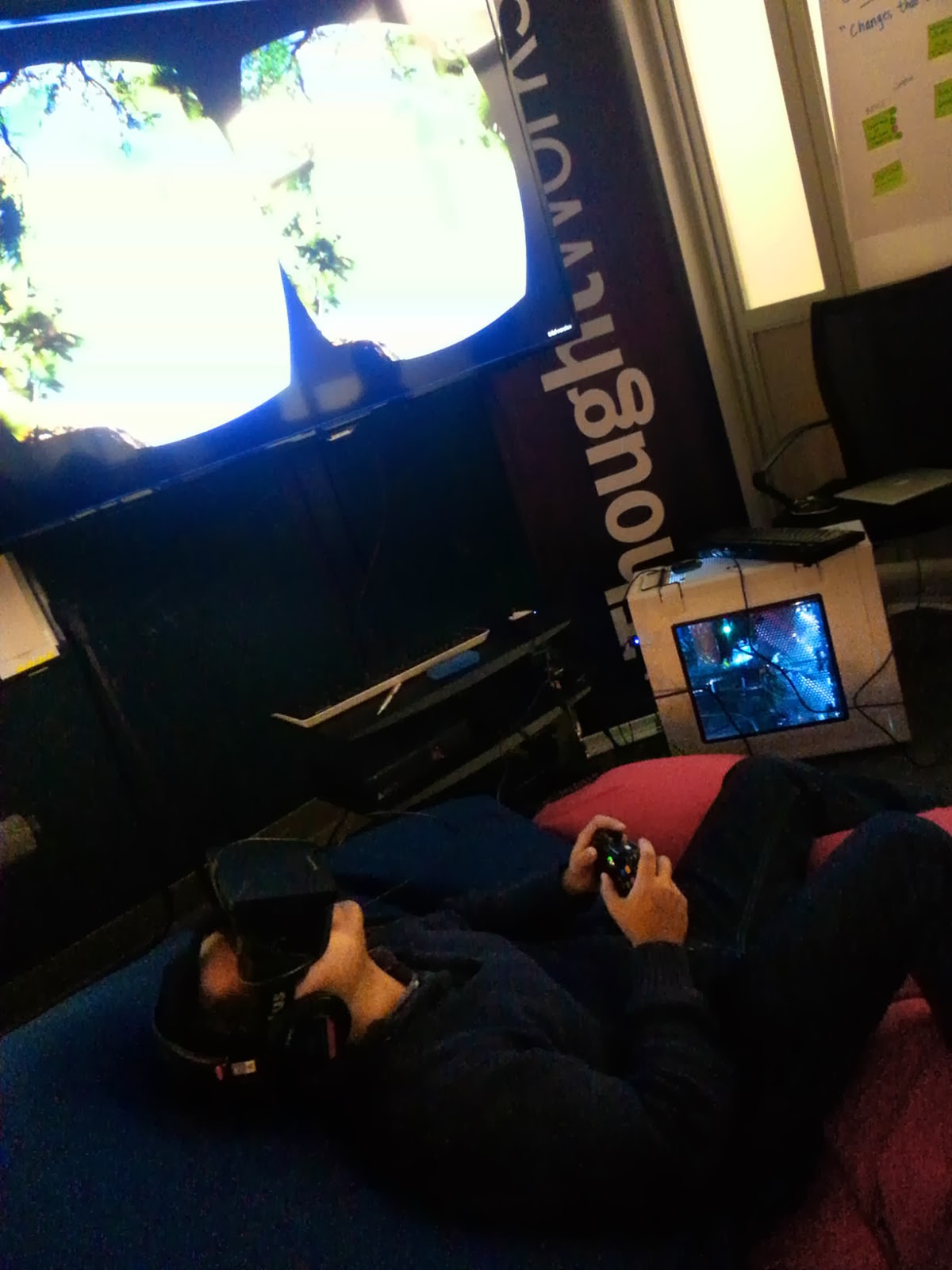
Time spent in the lab is not for us about formal projects, or project-managed delivery of prototypes (although prototypes can and do emerge).
The real goal is a public space for immersion in the ongoing creative technology conversation.
We ask ourselves:
What are the memes, themes, practices and occurrences going on out there? Can we try them, and learn by doing?
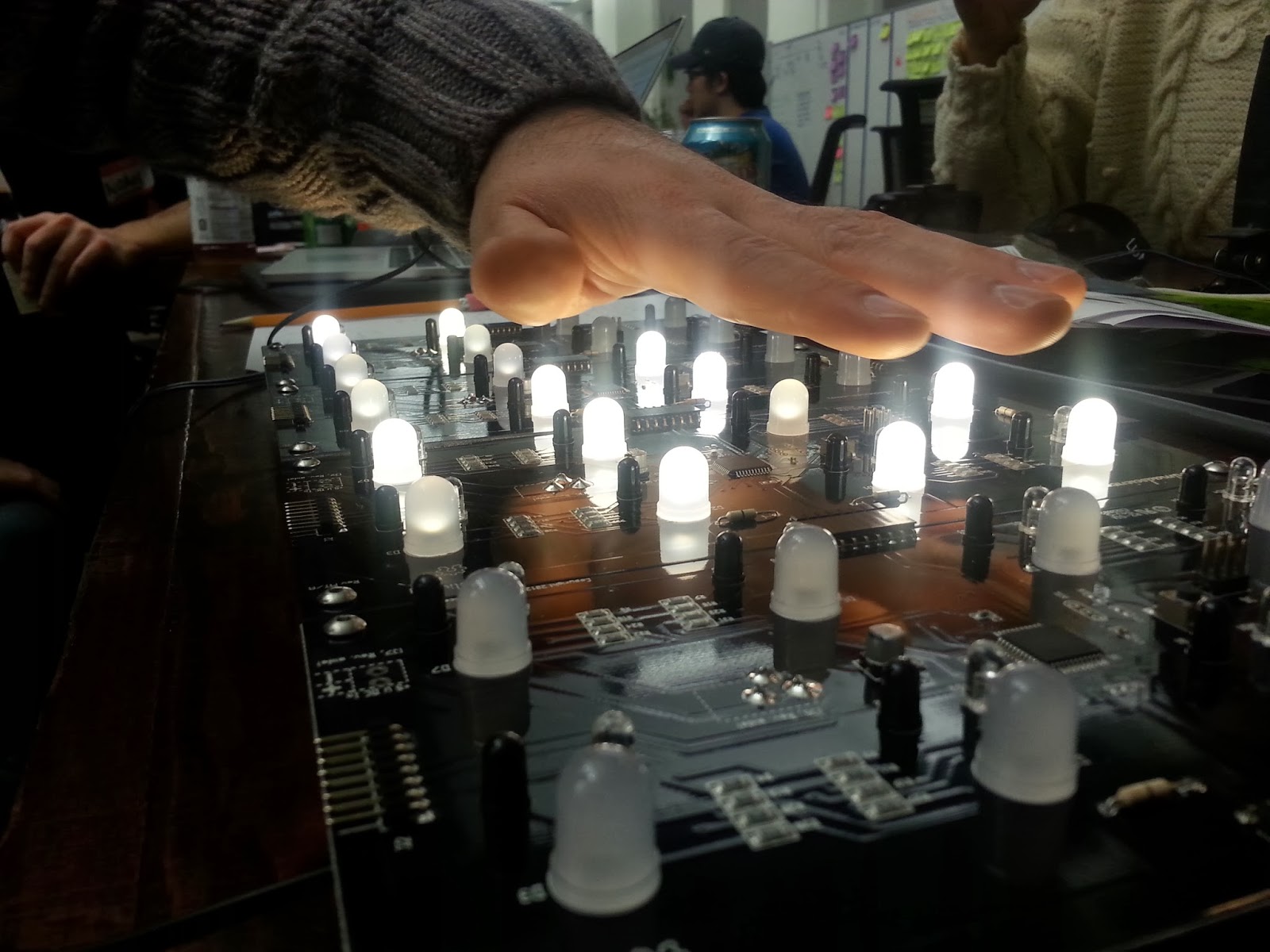
What types of things can now be done that couldn't be done before? How are they different, who is doing them and why?
We are a small, dynamic space, but the currency of these sessions is in flow of knowledge, information and ideas. It is more by a subjective read of this flow that we might judge ourselves than by anything else. The best way to be immersed a fast-moving and complex technology landscape is to help facilitate and curate the conversation.
Facilitation by mood
When Steven Dale came onboard to help us run the lab, he quickly pointed out what we were missing to push this flow even further. Here's Steve introducing the lab:
We had initially been running the show with a bunch of desks in the corner, under standard fluorescent light. For Steve it was obvious - to build energy we must carefully craft a mood:
"My theory is that light and sound transforms the mood of a space significantly, and should match cycles of activity with the outside world. I think we can replicate this here, cheaply - for hardware hack lab, and possibly every night for people to be in the space to work, under a different mindset."
Lighting, sound, spatial relations and even a lo-fi hardware hack playlist have since emerged. Our events now have the same rhythms and crescendos of a good party - a party that just happens to be flooded with creative people, projects and passion to explore.
A vital partnership - the Volumetric Society
For us to really achieve the mix we were looking for, it was vital we connect with people outside our existing networks.
We started our partnership with the Volumetric Society because they already had a lively, cross-disciplinary, maker/doer-oriented community of participants who attended workshops and presentation-oriented meetups around the city. They also already had a strong emphasis on hardware and it's use in innovative and creative contexts.

What we offered Volumetric was an addition to their agenda - a regular learn-by-doing session, an opportunity to get participant hands dirty outside the confines of irregular technology-specific workshops they already run.
It turns out it's a small world, and many of our early participants, such as OpenBCI, were already influential in both groups. As part of the whole exchange I have started co-curating the Volumetric Society's event agenda now that founder Ellen Pearlman has begun her doctorate in Hong Kong - so there's a strong bind and we are well-aligned.
A nice storm
So it works - a perfect storm of circumstance, mutual needs and the right energy has created an energetic, vibrant and wholly unique meetup space in midtown New York.
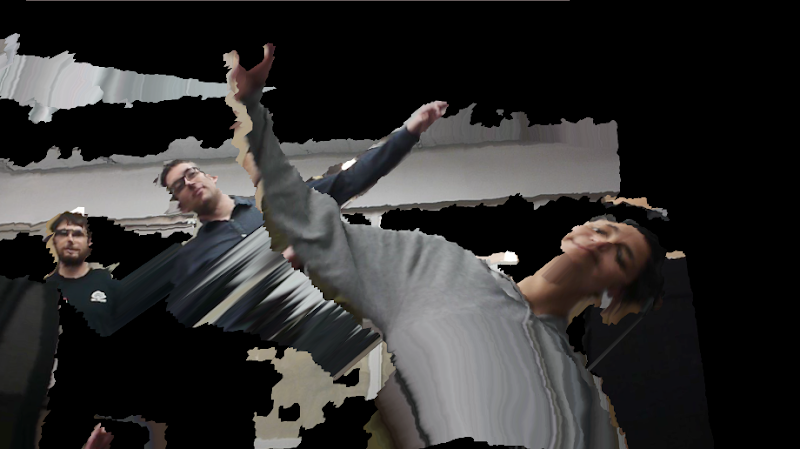
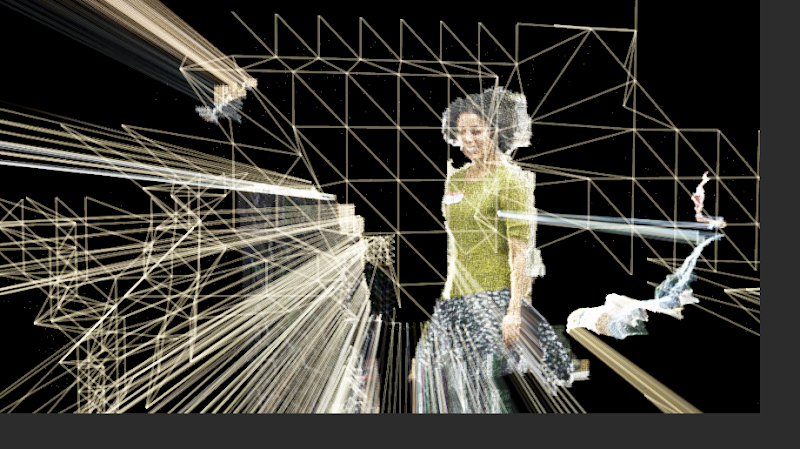
To give some examples - last night I showed a film director, an interactive artist & beat-boxer, and an immersive application developer how to build and record with an open-source depth video toolkit (the renders above are also from that toolkit).
In another corner, Kent showed a crowd of participants how to use Unity3D to design immersive environments for Oculus Rift, while Steve paired with a collaborator on a physical computing project based on a foot-pedal interface.
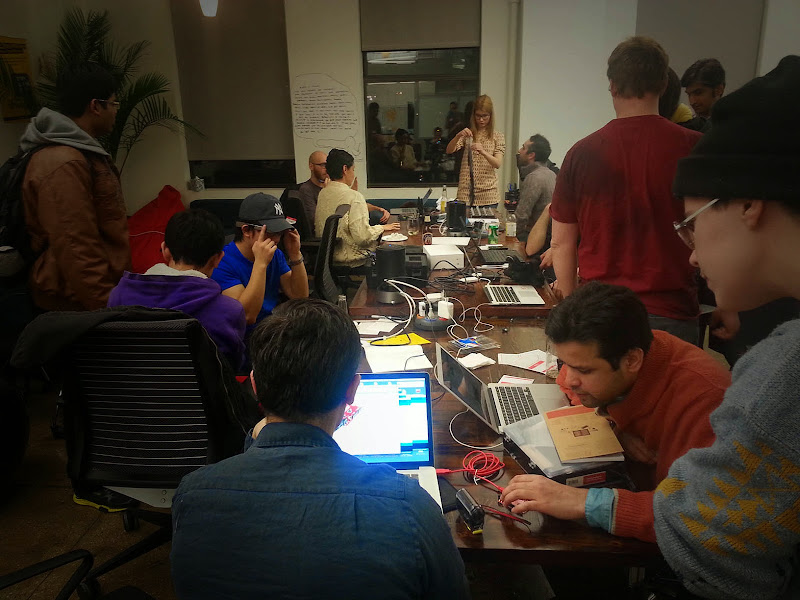
A couple of Raspberry Pi enthusiasts hacked on the debian-based Pi operating system, while another participant came in and for the first time tried Google Glass.
The atmosphere is always casual
This is a place where people come to meet and hang out, to form connections as well as learn new skills. Our rule is, no particular knowledge required. You are welcome to come look over people's shoulders, try if you feel adventurous, or lead if you want to share your interests.
I want to drive home this point about our philosophy on project-management:
We deliberately avoid setting expectations of particular outcomes. You can't expect production-level technology development to happen in an evening, so don't try.
Instead, do the opposite - and gain the opposite gains. Remove the constraints of 'business objectives' and open the door to serendipity, immersion, and the fun of not knowing what's going to happen or who you are going to meet next.
Strategic collaborations inevitably emerge, and you can continue them in the lab, and/or 'take them offline' (continue them outside lab hours). We've had creative partnerships emerge, and even the formation of proposals for funded projects.
But as good as that is, this isn't about chasing your tail - we start and finish with culture, and work forwards from there.
By 6:30 in the evening the only currency you have left anyway is the inertia from your imagination and your creative passion. Weekly lab time is about spending that currency together, and gaining much more from it than you are likely to gain alone.